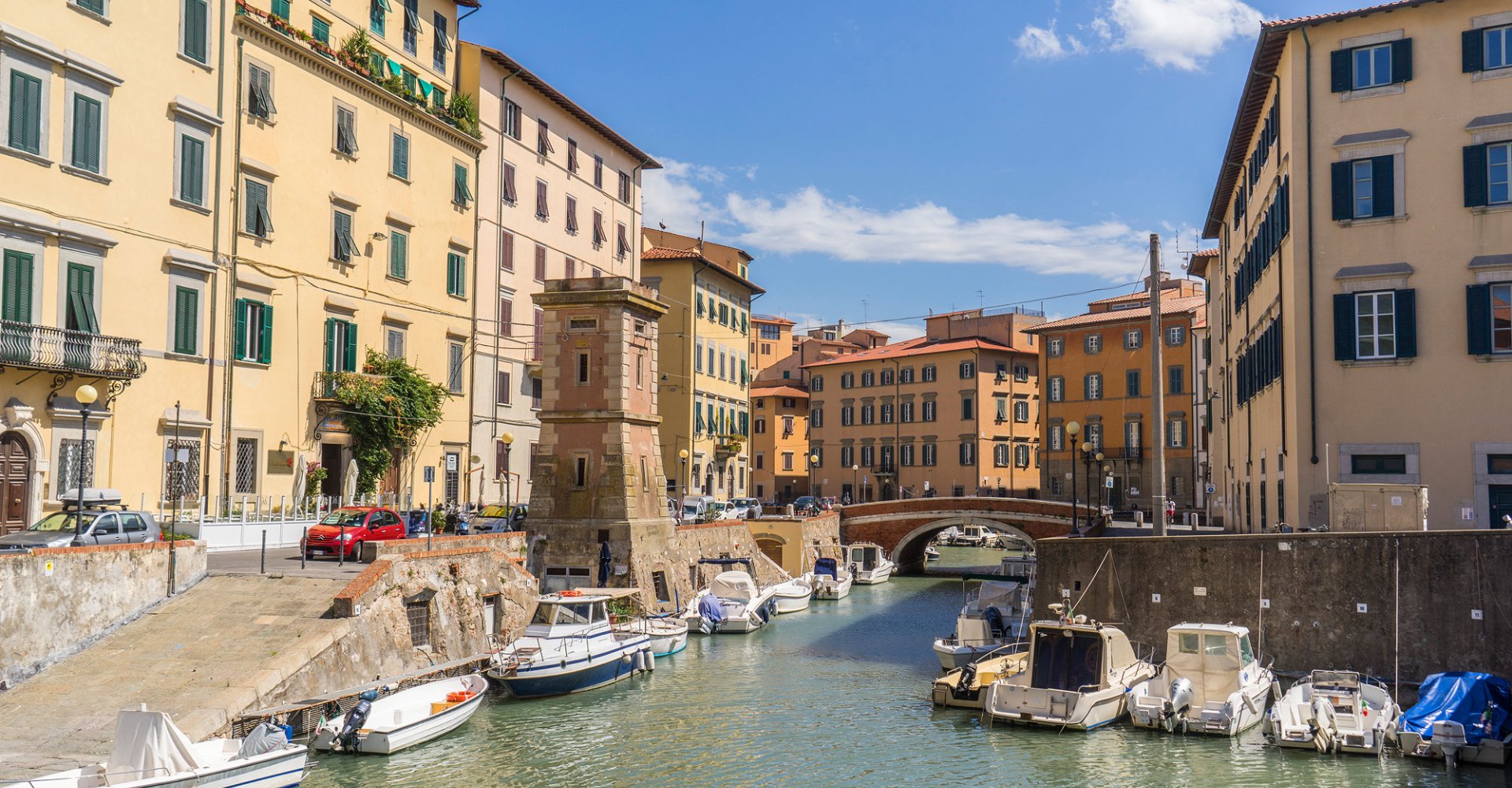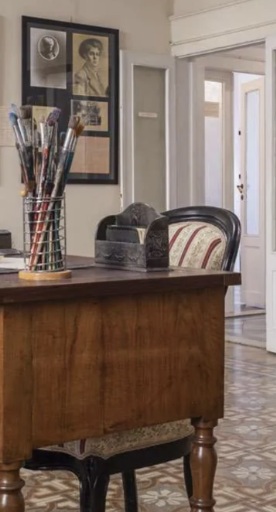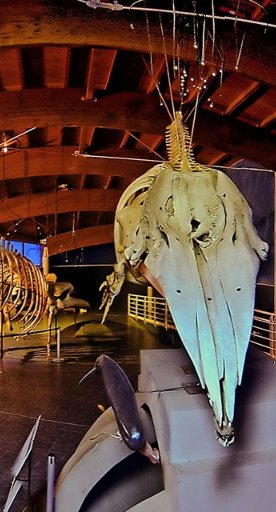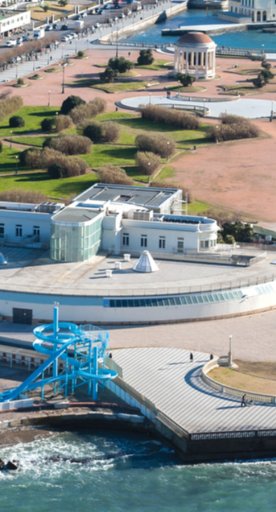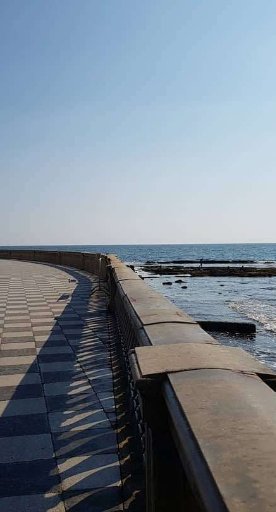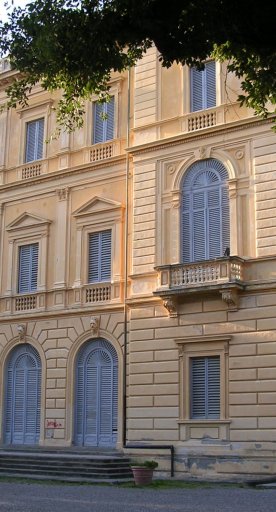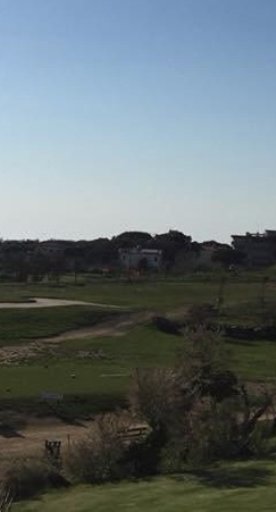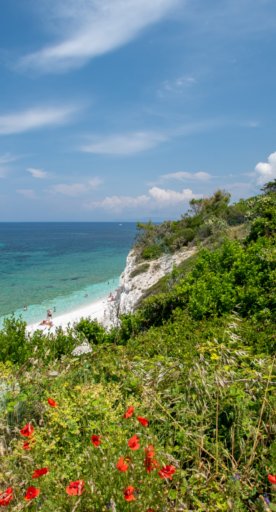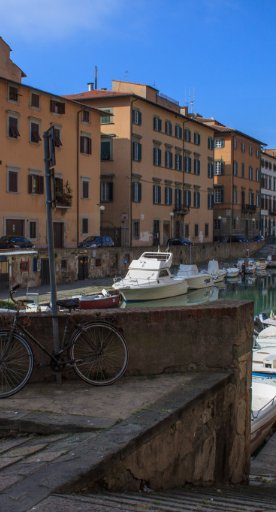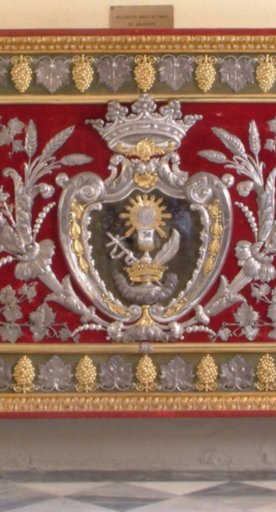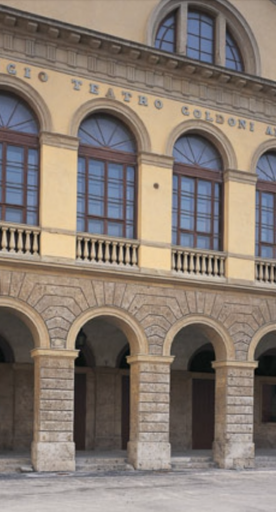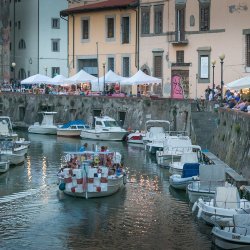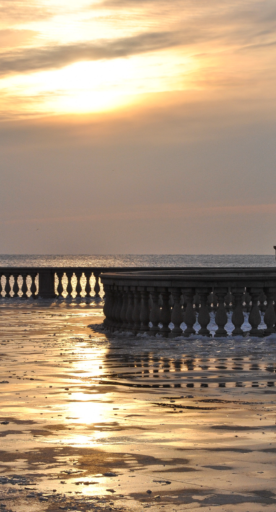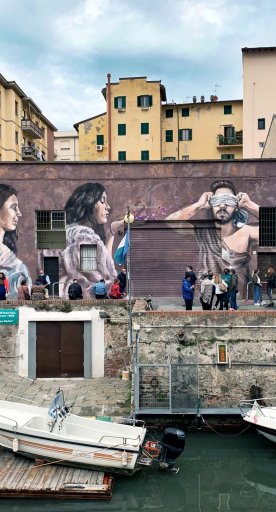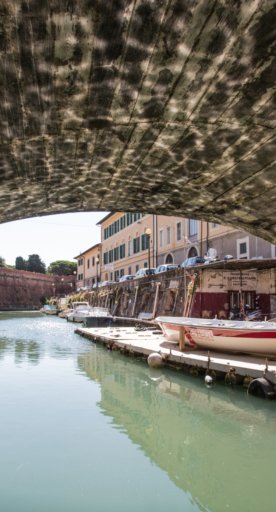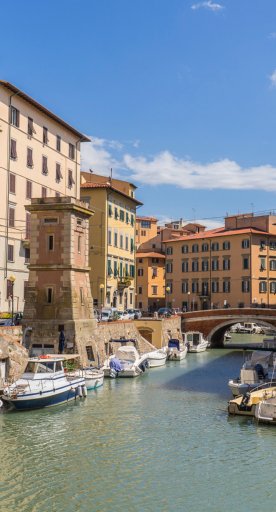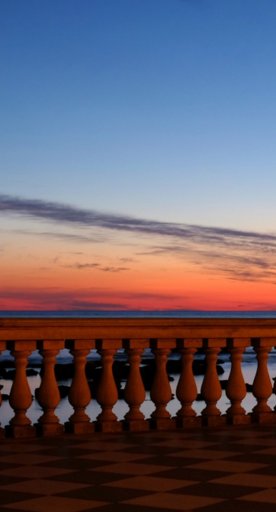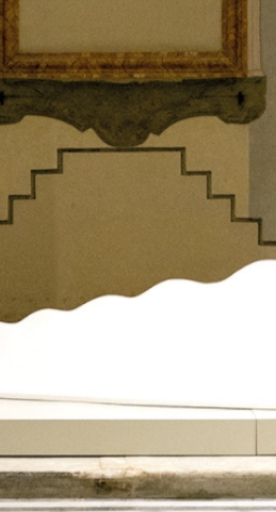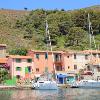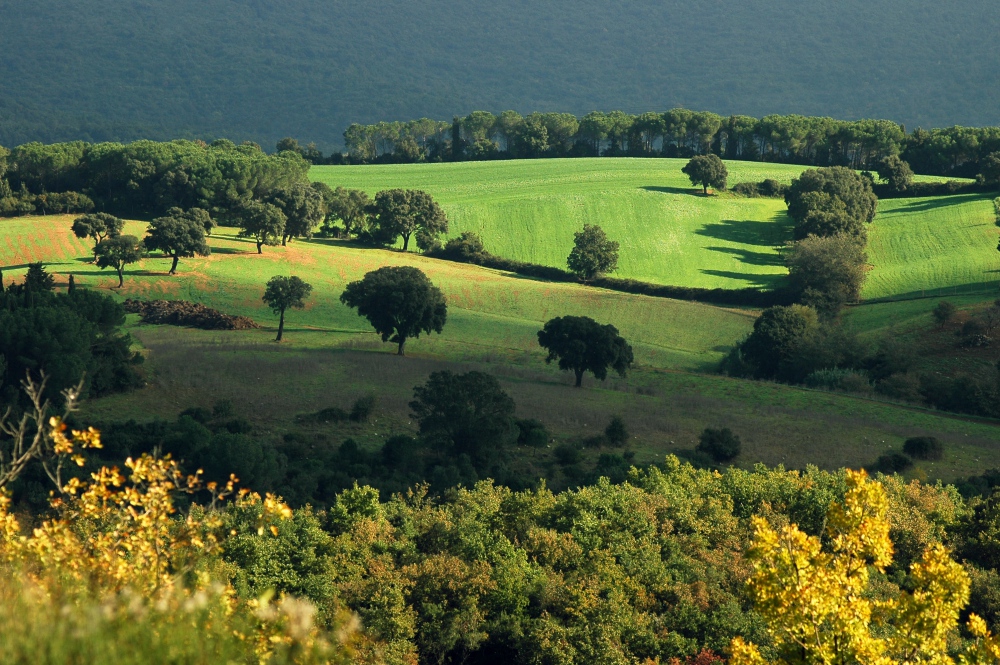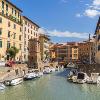Livorno
The Mediterannean’s very own little Venice, with its historic port
Born of the will of the Medici family who made it a city in 1606, Livorno became an oasis of welcome for all religious, political or racial persecuted, enriching itself with the resourcefulness and customs of the most diverse foreign nations.
Bridges, canals, and historic palaces are reflected in the calm waters, making it feel like a little Venice on the Mediterranean.
This marine embrace is no accident because Livorno is not only a city of the sea, but is also a child of the waves in the second half of the 16th century when, due to the military and commercial strategies of the Medici, it was determined that the fishing village that arose around the Mastio di Matilde di Canossa should become one of the main ports of Europe.
The evidence of the "Nations" that, from that moment on, contributed to the founding and development of a port known throughout the Mediterranean is still present today in the city’s places of worship, cemeteries, archives and cuisine.
Its history, culture, blazing sunsets, clear and fragrant air, sea sports, culinary traditions: everything is connected to the sea. In the nineteenth century, it was here that the very first bathing establishments in Europe were built, slowly cultivating the concept of a seaside vacation.
What to see in Livorno
It’s no surprise that the classic snapshot of Livorno is an infinite view of the sea from the famous Mascagni Terrace, with its unique black and white checkered floor.
The four Moors monument near the port is another of the city’s symbols. Guarding the port, however, is the Old Fortress - in which the imposing Mastio di Matilde stands out - joined by waterways to the New Fortress, the heart of the city center.
The Cathedral of San Francesco, Duomo di Livorno, is also in the city center. Its façade had to be completely rebuilt after the Second World War bombings. While wandering through the historical alleyways you’ll come across some of the most beautiful squares in Italy, such as Piazza delle Repubblica, also known as the Voltone, and Piazza Grande.
To truly discover the city that was home to Pietro Mascagni, Giovanni Fattori, Amedeo Modigliani and Giorgio Caproni, simply follow the places, sounds and colors.
One of the most fascinating routes will lead you to Little Venice, where you follow the canals by boat that leads to the Renaissance places in the center of the city.
The splendid Villa Mimbelli houses the "Giovanni Fattori" Civic Museum, which displays works by 19th and early 20th century Tuscan painters; the Mascagnano Museum, dedicated to music, also houses the historic Goldoni Theater.
The historical and religious traces of the 'Nations' that populated Livorno are nto to be forgotten; starting with the Jewish Museum "Yeshivà Marini", then heading to the Museum of Santa Giulia in the Church of the Armenians.
For those who want to discover what secret treasures are hidden in the sea, a visit to the Museum of Natural History of the Mediterranean Sea in Villa Henderson is an absolute must, which combines historic relics with a modern didactic tour, while live samples of Mediterranean fauna can be seen in the Livorno Aquarium.
You’ve only really seen the city once you’ve walked through the Art Nouveau or eclectic villas in the Ardenza district, behind the seafront.
A visit to Livorno’s impressive temple of food, the vast Mercato delle Vettovaglie, can not miss, considering its status as one of the largest historical markets in Europe.
It’s no surprise that the classic snapshot of Livorno is an infinite view of the sea from the famous Mascagni Terrace, with its unique black and white checkered floor.
The four Moors monument near the port is another of the city’s symbols. Guarding the port, however, is the Old Fortress - in which the imposing Mastio di Matilde stands out - joined by waterways to the New Fortress, the heart of the city center.
The Cathedral of San Francesco, Duomo di Livorno, is also in the city center. Its façade had to be completely rebuilt after the Second World War bombings. While wandering through the historical alleyways you’ll come across some of the most beautiful squares in Italy, such as Piazza delle Repubblica, also known as the Voltone, and Piazza Grande.
To truly discover the city that was home to Pietro Mascagni, Giovanni Fattori, Amedeo Modigliani and Giorgio Caproni, simply follow the places, sounds and colors.
One of the most fascinating routes will lead you to Little Venice, where you follow the canals by boat that leads to the Renaissance places in the center of the city.
The splendid Villa Mimbelli houses the "Giovanni Fattori" Civic Museum, which displays works by 19th and early 20th century Tuscan painters; the Mascagnano Museum, dedicated to music, also houses the historic Goldoni Theater.
The historical and religious traces of the 'Nations' that populated Livorno are nto to be forgotten; starting with the Jewish Museum "Yeshivà Marini", then heading to the Museum of Santa Giulia in the Church of the Armenians.
For those who want to discover what secret treasures are hidden in the sea, a visit to the Museum of Natural History of the Mediterranean Sea in Villa Henderson is an absolute must, which combines historic relics with a modern didactic tour, while live samples of Mediterranean fauna can be seen in the Livorno Aquarium.
You’ve only really seen the city once you’ve walked through the Art Nouveau or eclectic villas in the Ardenza district, behind the seafront.
A visit to Livorno’s impressive temple of food, the vast Mercato delle Vettovaglie, can not miss, considering its status as one of the largest historical markets in Europe.
Nearby
Before heading to the sea, if you wander uphill you’ll come across Montenero, an area built on a headland that overlooks the city and is home to the cherished Sanctuary of the Madonna delle Grazie, a place of remembrance and deep faith for the people of Livorno and beyond.
If you visit Livorno in the summer, it’s an absolute must to take a reviving dip in the rocky caves of Romito, Quercianella bay and the crystal blue sea of the Calafuria nature reserve.
Gorgona and Capraia islands exhale the same salty air, and from their natural and untouched shores observe the city from afar.
Just a few kilometers from the center, the Livorno Mountain Park offers you the chance to be fully immersed in nature, extending for 1,300 hectares between the municipalities of Livorno, Collesalvetti and Rosignano Marittimo. A true green lung ideal for hiking, mountain biking and horseback riding trails.
Before heading to the sea, if you wander uphill you’ll come across Montenero, an area built on a headland that overlooks the city and is home to the cherished Sanctuary of the Madonna delle Grazie, a place of remembrance and deep faith for the people of Livorno and beyond.
If you visit Livorno in the summer, it’s an absolute must to take a reviving dip in the rocky caves of Romito, Quercianella bay and the crystal blue sea of the Calafuria nature reserve.
Gorgona and Capraia islands exhale the same salty air, and from their natural and untouched shores observe the city from afar.
Just a few kilometers from the center, the Livorno Mountain Park offers you the chance to be fully immersed in nature, extending for 1,300 hectares between the municipalities of Livorno, Collesalvetti and Rosignano Marittimo. A true green lung ideal for hiking, mountain biking and horseback riding trails.
Events
Every year, in mid-June, Cacciucco Pride is held, a three-day festival to celebrate Livorno's famous dish of poor cuisine. The festival each year involves venues and restaurants throughout the city where it is possible to taste cacciucco in the most varied versions: from the traditional to the revisited versions, but always respecting criteria of quality and use of local products.
At the end of July, we celebrate Livorno's most popular summer festival, Effetto Venezia (The Venetian Effect), the great summer kermesse that for five evenings enlivens the city's ancient heart, the La Venezia neighborhood, characterized by bridges and navigable canals. The event showcases the city's artistic fervor, its desire to come together and enjoy the architectural beauty of a unique neighborhood.
In Livorno, rowing competitions are held every year between the city districts with a series of challenges that have far-stretching historical roots. Among these, there is the Palio Marinaro which takes place around the first Sunday of July in front of the beautiful Mascagni Terrace.
From July to September, music pervades the city with concerts and performances on the occasion of Mascagni Festival, the event that pays homage to the famous composer Pietro Mascagni who spent part of his life in these places and who is remembered mainly for his Cavalleria Rusticana of 1890.
Every year, in mid-June, Cacciucco Pride is held, a three-day festival to celebrate Livorno's famous dish of poor cuisine. The festival each year involves venues and restaurants throughout the city where it is possible to taste cacciucco in the most varied versions: from the traditional to the revisited versions, but always respecting criteria of quality and use of local products.
At the end of July, we celebrate Livorno's most popular summer festival, Effetto Venezia (The Venetian Effect), the great summer kermesse that for five evenings enlivens the city's ancient heart, the La Venezia neighborhood, characterized by bridges and navigable canals. The event showcases the city's artistic fervor, its desire to come together and enjoy the architectural beauty of a unique neighborhood.
In Livorno, rowing competitions are held every year between the city districts with a series of challenges that have far-stretching historical roots. Among these, there is the Palio Marinaro which takes place around the first Sunday of July in front of the beautiful Mascagni Terrace.
From July to September, music pervades the city with concerts and performances on the occasion of Mascagni Festival, the event that pays homage to the famous composer Pietro Mascagni who spent part of his life in these places and who is remembered mainly for his Cavalleria Rusticana of 1890.
Typical products
The main dish of Livorno cuisine is Cacciucco, which is not a simple fish soup, but a mixture of different fish as if it were a mixture of peoples, a kind of dish of brotherhood.
In Livorno the typical flavors of the Mediterranean tradition converge, into which Nordic fish, such as cod and stockfish, are also to be integrated. Among the offerings of typical local street-food is the 5 e 5, a salty chickpea cake nestled between two slices of French bread.
Finally, a visit to Livorno is not complete without tasting Ponce alla Livornese, the legendary drink made with coffee, rum and sassolino.
The main dish of Livorno cuisine is Cacciucco, which is not a simple fish soup, but a mixture of different fish as if it were a mixture of peoples, a kind of dish of brotherhood.
In Livorno the typical flavors of the Mediterranean tradition converge, into which Nordic fish, such as cod and stockfish, are also to be integrated. Among the offerings of typical local street-food is the 5 e 5, a salty chickpea cake nestled between two slices of French bread.
Finally, a visit to Livorno is not complete without tasting Ponce alla Livornese, the legendary drink made with coffee, rum and sassolino.
What’s nearby?
Livorno Area

